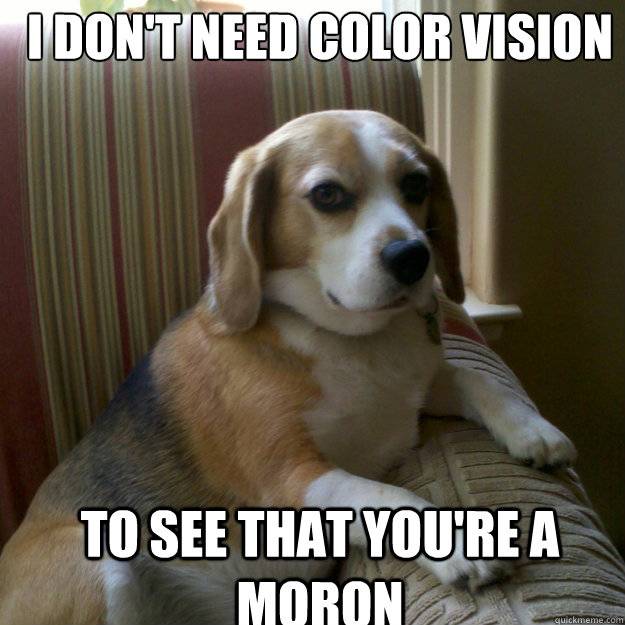R
rdean
Guest

Notice the "SECRET" in red at the top and the bottom. In classified documentation, there are typically three markings:
(TS) Top Secret
(S) Secret
(C) Confidential
(U) Unclassified
Notice I said three. (U) is rarely used. If the document doesn't have the "TOP SECRET", "SECRET" or "CONFIDENTIAL" marking at the top and the bottom, it is typically understood to be (U) Unclassified.
And if portions of the document are SECRET, then the document is considered to be SECRET even if there are CONFIDENTIAL and Unclassified material within the document. (C) is always "Confidential", not "classified". You may get a folder that says classified on the jacket, but on the document itself, C always means confidential.
There is some material occasionally labeled "Sensitive", but that could be anything from the name of something classified or something slightly embarrassing.
Why the different classifications? You can go look that up on your own.
If you have a TOP SECRET clearance, can you look at every classified document under that level? The answer is yes and no. Legally, you are qualified to look at all classified material with a rating less than what you have been granted, but they also have something called "A Need to Know".
So what is the difference:
Confidential - damage to national security. (on the level of "embarrassing")
Secret - serious damage to National Security. (on the level of "very embarrassing enough to affect relationships" to "a distant risk to lives")
Top Secret - GRAVE damage to National Security. (immediate threat to safety and lives)
Is the process the same for getting the three different levels of classification? No.
I was in S2 at the Battalion level. The unit was nuclear capable, so there were a couple of Top Secret's within the Battalion, but only a couple.
A Confidential clearance is handled at the Battalion level. A check of the person's 201 file and a review of their records and a check of their citizenship is enough. The Clearance is granted by the S2 Officer and Battery Captain.
To obtain a secret clearance, you have to start off with multiple copies of:
DD 398 a Statement of Personal History:
Loading...
DD 1584 Check Request:
A fingerprint card.
And a couple of other minor forms that have been so long ago, I've forgotten what they are. Then the investigation is approved at the Division and sent by them to the FBI and/or CIA.
Receiving the clearance itself once the investigation is complete.
Like I said, Confidential is approved at the Battalion level.
But Secret has to be approved by one level higher. In this case, at the Division level.
The Top Secret were approved and assigned to the Battalion from before, so I never handled the paperwork for that classification.
Now, if you are working at the State Department and you are Secretary of State or a high official, you may or may not have two systems. One will be for classified material. Encrypted and sent over secure lines. Or, you can have regular email, or not. It's not a requirement. You can always use a telephone or have an aid send a message. But these days, most people have email.
Now in Hillary's case and in Colin Powell's case, they had both. She had a private server and he had an AOL account. The private server can be more secure than the AOL account, since AOL is so public.
It has been said some Hillary emails contained classified material. But none of the documents had the TS, S or C stamps at the top and the bottom of the document. We can assume if she received some classified material, then we can assume so did Colin and Condi. But neither Colin nor Condi turned over a single email even though both were requested. But for some reason, unknown to us, the GOP never followed up and just let the matter go for Colin and Condi.
The GOP head of the FBI said only three of the documents had any classified markings. And that was a (C) for Confidential. The lowest level of classification. I've seen documents also marked "C" or just a plain C. But the requirement is supposed to be (C). We don't know what it was in this case. According to the FBI, the documents with classified material were sent TO Hillary. She didn't forward any of those documents to anyone else. And none of the documents had the required markings at the top or bottom of the page. Anyone who has been sent a hundred page report may not have read every single page from top to bottom.
Anyway, that's how classifications work and how Classified documents look. And if I'm wrong, please correct me. I haven't worked in S2 for 40 years.


